
Each year in May, Cheshire West and Chester Council in partnership with the University of Chester run an archaeological training excavation for second year archaeology students.
Covid-19 prevented the summer plans but following the introduction of new safety measures the excavations will once again return to Grosvenor Park for two weeks between 21 September and 2 October.
Visitors are welcome to view the activities, with social distancing being maintained and can ask questions at an information point. There will also be information panels around the site.
Grosvenor Park was chosen because it sits next to two significant historical monuments, the Roman amphitheatre and the medieval Church of St John the Baptist. Both have had an influence on the development of the Park and more importantly on the intriguing archaeology that lies beneath.
So far, the students have discovered: a Roman road leading across the Park to the amphitheatre, a large building destroyed during the English Civil War and two very wide ditches running north-south across the Park. The building seems to have been associated with St. John’s, probably part of the medieval hospital and chapel of St. Anne which was acquired by Sir Hugh Cholmondeley in the late 16th century and developed as part of his grand home in the city.
This year the students hope to discover:
- Evidence for the earliest building activity after Sir Hugh Cholmondeley bought the land in the 16th century.
- Evidence for what was happening in this corner of St John's church precinct in the later medieval period.
- More information about the date and line of the medieval ditch.
- Evidence for what was here before the building of St John's church precinct and before the Norman Conquest.
- Evidence for Roman roadside buildings.
- Evidence of prehistoric buildings and pits or pre-Roman farming.
Councillor Louise Gittins, Leader of Cheshire West and Chester Council said: “The annual excavation was one more in the list of events and activities that looked like being lost this year. It’s great news that the work can continue, being able to offer this type of hands on experience at an archaeology rich site is part of what makes Chester so special.
The Council has been working closely with the University to ensure students can return to Chester in a safe manner and the plans in place for this activity show how seriously the pandemic has been taken and the measures that are in place to keep students, lecturers and residents safe.”
Said Dr Amy Gray Jones, Senior Lecturer in Archaeology at the University of Chester: “We’re really pleased that we can now offer our students a training excavation after our plans in May were necessarily cancelled. Last year the students uncovered rare evidence of late Saxon activity in Chester - a possibly boundary ditch that may pre-date the foundation of Chester’s Saxon burh (fortification) in 907 AD - so they are naturally excited to contribute to our understanding of Chester’s history with their work this month”.
Updates will be provided throughout the excavation from the History & Archaeology Department’s social media channels (@HistArchChester on Instagram and Twitter and @ArchaeologyChester on Facebook).
There are plans to produce regular video updates for the social media channels and potentially some live video updates.
Further information and updates will be available on the students’ Dig Blog during the excavation at: http://univchester-parkdig.blogspot.co.uk/
Additional Covid-19 measures:
During the excavation, there will be a maximum of 18 students and three members of staff on site. The students will be working in bubbles of six and two metre distancing observed between bubbles.
Staff will be wearing masks and visors and students will be wearing gloves. The site is enclosed, and members of the public will be separated from students and staff by at least two metres.
Public engagement in previous years has been face to face conversation through the Heras fencing. This year an additional line will be put inside the fencing so that students maintain distancing and not go beyond the line to the fence.
An Information panel and A-frames will be cleaned at the beginning and end of each day; anyone moving them will wash/cleanse their hands afterwards. The ground around the information panel and A-frames will be marked to ensure social distancing.
The A-frames will include frequently asked questions to reduce the need for the public to talk to staff and students. The A-frames will also be spread around the excavation area to reduce queuing and encourage social distancing.
There will be fixed information points where students will talk to members of the public whilst maintaining two metres inside the Heras perimeter fencing.


 Ten arrested for drugs offences following warrants in Chester
Ten arrested for drugs offences following warrants in Chester
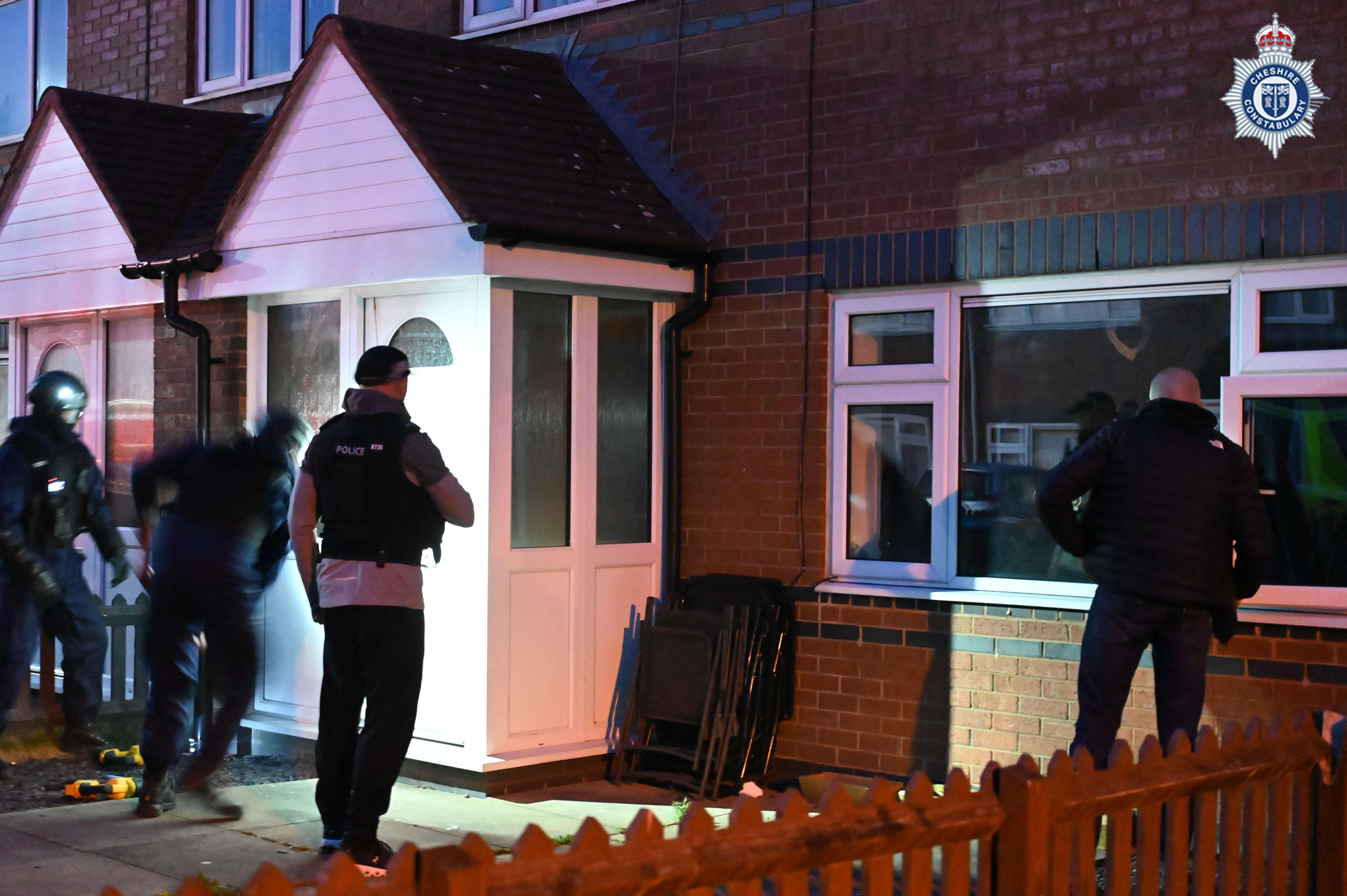 Ten arrested for drugs offences following warrants in Chester
Ten arrested for drugs offences following warrants in Chester
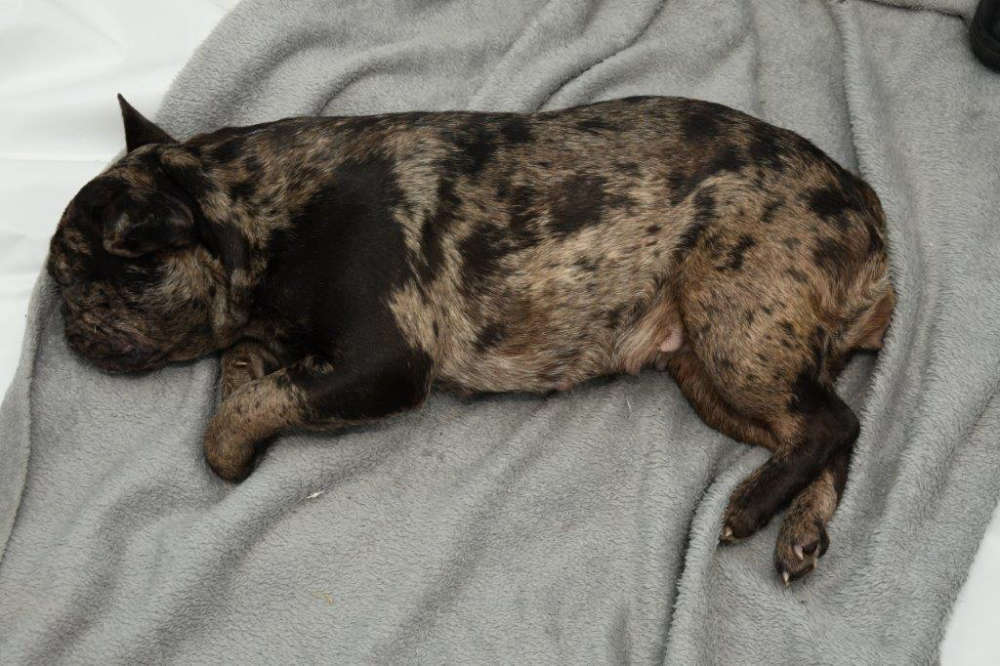 Suspended prison sentence and indefinite ban for Cheshire man who abused his dog
Suspended prison sentence and indefinite ban for Cheshire man who abused his dog
 Recovered Stolen Items
Recovered Stolen Items
 Man charged in relation to courier fraud
Man charged in relation to courier fraud
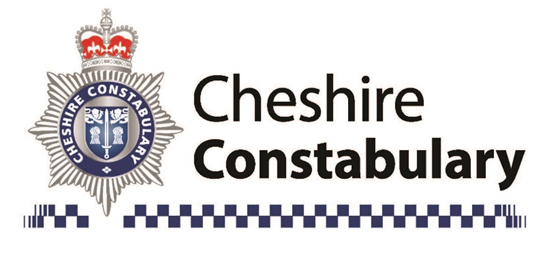 Police to target criminal use of Cheshire’s roads
Police to target criminal use of Cheshire’s roads
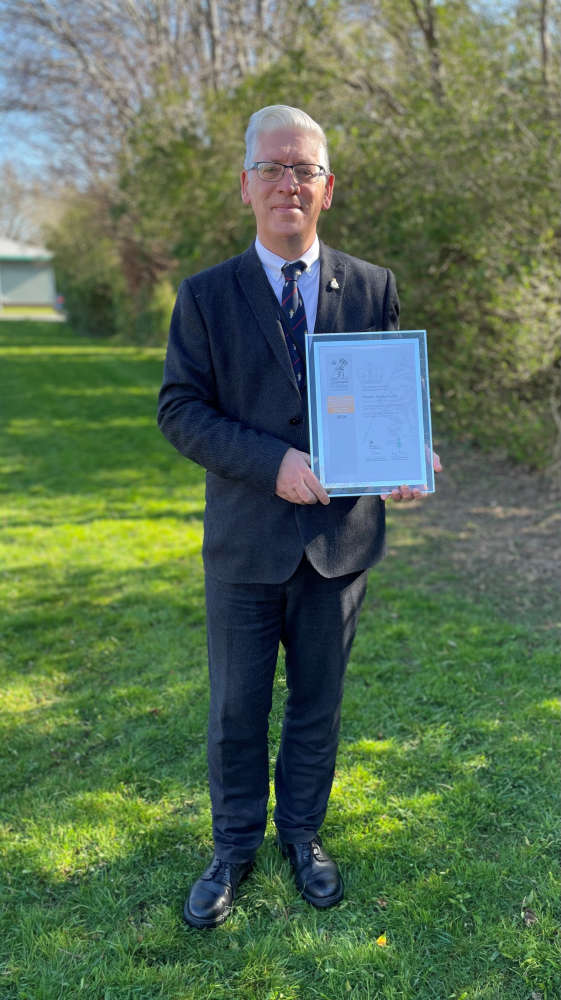 Council awarded Gold Armed Forces Award
Council awarded Gold Armed Forces Award
 Appeal for footage and witnesses following collision in Delamere
Appeal for footage and witnesses following collision in Delamere
 Appeal for information following serious collision in Chester
Appeal for information following serious collision in Chester
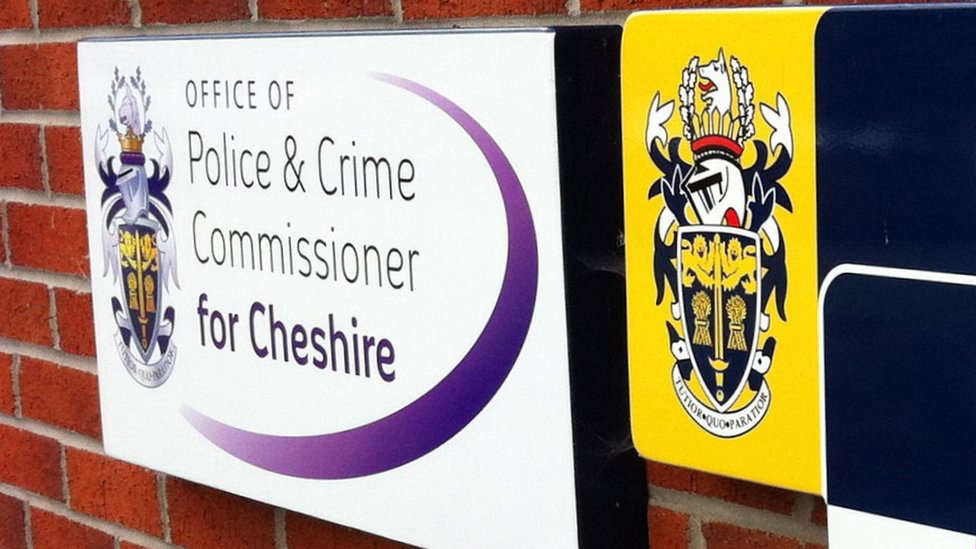 Your chance to get involved in police scrutiny meetings
Your chance to get involved in police scrutiny meetings
 New Events at Jodrell Bank
New Events at Jodrell Bank
 Inspiring Futures at The Queen’s School
Inspiring Futures at The Queen’s School
 Bowmere Hospital celebrates 20 years of mental health care
Bowmere Hospital celebrates 20 years of mental health care
 Man charged with burglary and drug offences following Chester police stop check
Man charged with burglary and drug offences following Chester police stop check
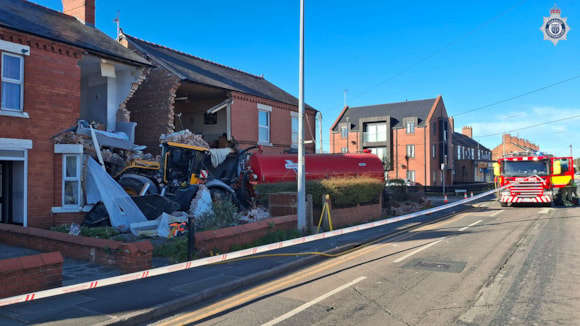 Vicars Cross Road closed following collision in Chester
Vicars Cross Road closed following collision in Chester
 Man jailed for controlling and coercive behaviour and assault
Man jailed for controlling and coercive behaviour and assault
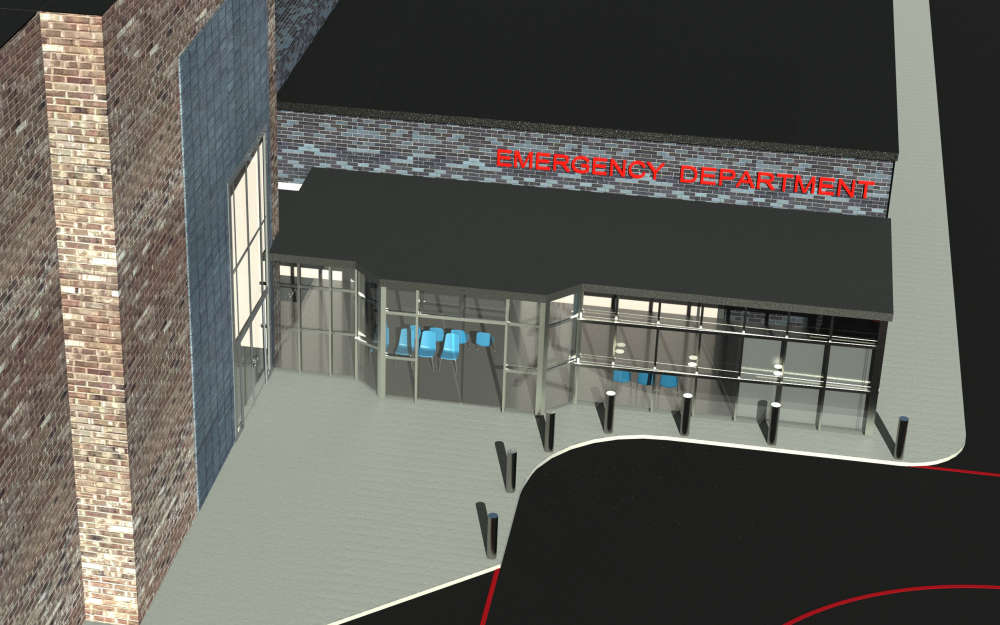 Plan unveiled to transform and improve emergency care at Countess of Chester Hospital
Plan unveiled to transform and improve emergency care at Countess of Chester Hospital
 Chester & Wirral Football League - Weekend Round Up
Chester & Wirral Football League - Weekend Round Up
 Ladbrokes returns to Chester Racecourse
Ladbrokes returns to Chester Racecourse